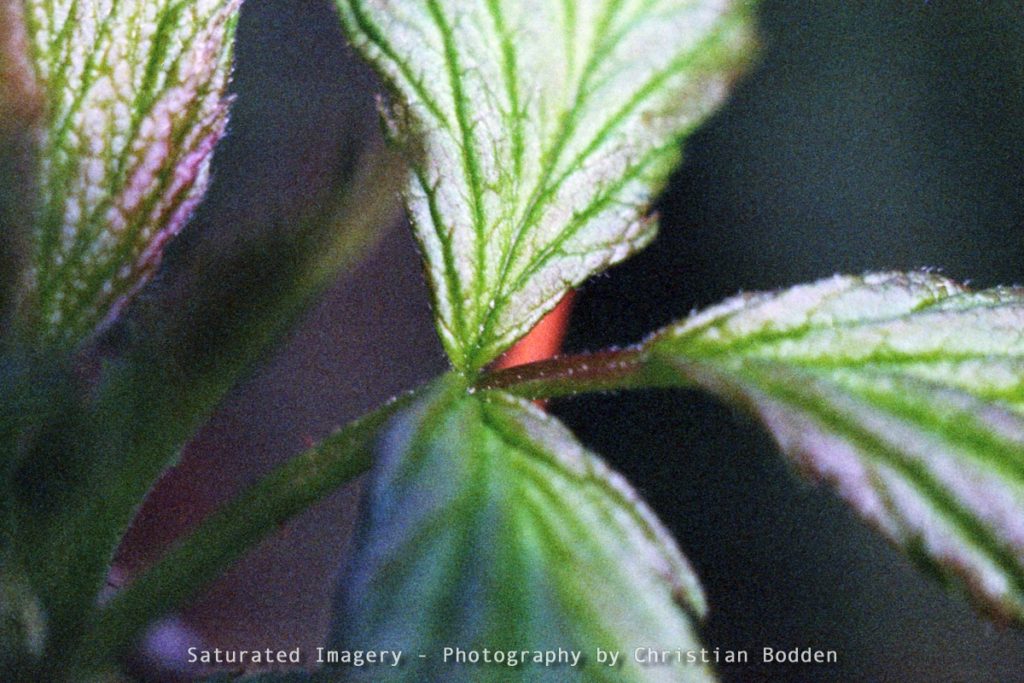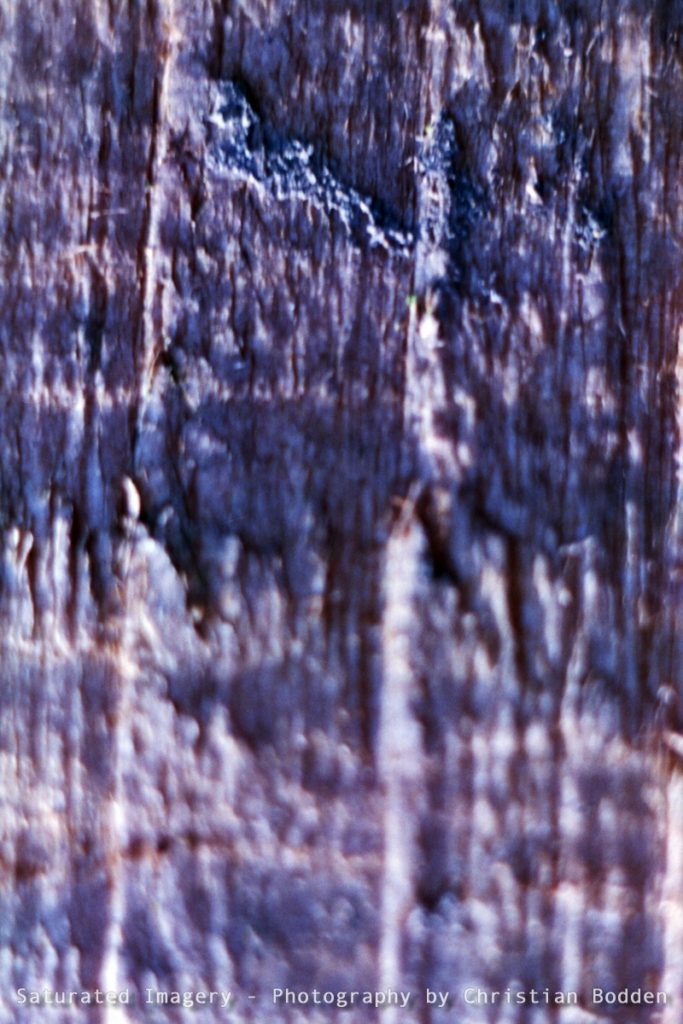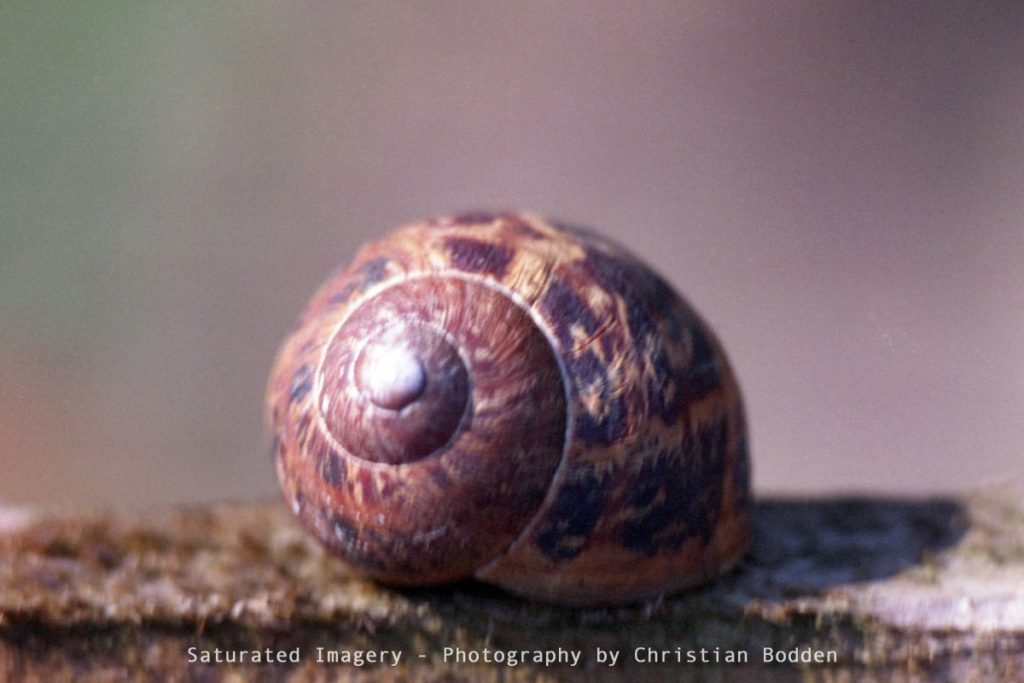How to get really close for a fiver…
Don’t worry, this isn’t an advert on finding a cheap ‘experience’ or anything like that (if you want that you can go here), it is about doing film macro photography with retro tools that you can often find very cheaply.
I love finding interesting bits and bobs in charity shops, like most people, and I have to say a certain amount of my kit has been obtained this way! The other day, Aimee brought home a little sandwich bag that she had found for a fiver, containing a really nice bundle of bits (also worth quite a lot more than she paid). In the bag was a set of Ilford Multigrade filters, which will be great for when I finally set up my darkroom, a few filters, a 35mm M42 lens (slightly sticky aperture blades, but other than that in good nick) and best of all a set of lovely M42 extension tubes, with tubes of 30mm, 20mm and 15mm.
Extension Tubes: How they work
Extension tubes are used to increase the magnification of the image on the film plane. With most lenses (I say most, because a true macro lens will magnify at least 1x) the image on the film is a lot smaller than the image on the sensor or film. So, if you photograph a 2cm long bee with a lens that has a 1x magnification the bee is 2cm long on the film, filling the negative quite nicely with room to breathe. With a different magnification, lets use a worked example of a Carl Zeiss Jena 135mm f/3.5 with a magnification of ~0.19x, the largest your bee could be is 3.8mm, about 1/10th of the width of the frame. If you buy a new lens you will often find this in the specs, but otherwise you might need to measure it or use a complex calculation. Adding 65mm of extension tubes increased this magnification to 0.67x – I will explain the maths later.
So basically they make things look bigger, and also mean you can focus closer, adding extension increases (extends) the distance between lens and image. Doing so, it decreases the distance from the lens an object needs to be, to be in focus.
Gallery






The Science Bit
This section gets quite geeky and a bit technical, so I have put it after the images…. Still here? Good.
Magnification
Extension tubes increase this magnification, and let you focus closer so you can fill the frame with tiny details. To find out how much you need to know the extension and the magnification of the lens. The basic formula for to find the extension is e=fm, where e is total extension, f is focal length and m is magnification (as I discussed above).
You’ll see that I have said total extension. This is because a lens will have an inherent extension of its own which must be added to that of the tube. This is rarely published, but you can work it out from the magnification. For the Carl Zeiss Jena: e = 135*0.19 = 25.7mm.
So using 65mm of extension tubes on this lens (as I did for the shot of the daffodils) gives a maximum magnification of 75.7 / 135 = 0.56.
I did say that the equation for calculating magnification was heinously complex but you can work it out from the equation m = (d/2-r)/(d/2+r) where d is the total focal distance (from subject to film plane) and r is √(d²/4-fd). This gives a fudge for working out the maximum magnification because you can normally read the minimum focus distance (d) from the barrel of the lens. The total focus distance is what is indicated on the marks on the barrel so you have roughly work out magnification for other focus distances and use this in future equations.
Focus Distance
You can also work out the close focus distance from the focal length and the magnification, by adding a few more formulas into the mix. This would give you an idea of how close you can get physically (because sometimes you will sway about and never work this out). In these do is object distance (from lens to the object) and di is image distance (from lens to film plane). These add up to the total distance (d) as we used above. You cannot just measure these distances even if you have the lens set up, because these distances are for a ‘thin lens’, i.e a simple lens with no thickness. In a complex optical system the position of the hypothetical thin lens may not be at the centre of the physical structure, and may even be outside it!
The equations you need are:
- m = di/do
- 1/do + 1/di = 1/f
- (Minimum) Focus Distance = do + di
So from the first two we have the following simultaneous equation:
di/do=m
1/do + 1/df = 1/f
which solves as (thanks Jill!):
di = (1+m) f
do = di/m
and adding these two solutions gives us the Minimum Focus Distance that we want to find out.
In the case of the Carl Zeiss Jena, for maximum magnification, the figures are:
di/do=0.57
1/do + 1/di = 1/135
solving as:
di = (1+0.67)*135 = 210.88
do = 225.45/0.67 = 375.17
and thus the Minimum Focus Distance (rounded off) is 586 mm.
Depth of Field and Field of View
One thing that you will notice if you use a set of extension tubes is the the depth of field is ridiculously small. The good thing is that the equations for these are not affected by the extension tube, the aperture and focal length and so on remain the same, with two small caveats – The first is that the simple approximation for magnification of m≈ f/(d-f) breaks down at these distances so you need to use the more complex equations given in this post to calculate m.
Otherwise, the information and calculator links on my Focal Length, Field of View and Depth of Field page (such as the excellent DOFMaster) work ok, however I am unsure about DOFmaster’s claim that the charts use the ‘thin lens’ equation and that you should measure from an estimated lens-centre, because even at macro levels they give results that appear to provide a film-plane calculation.
Exposure
When using extension tubes, you will find that you need to compensate for exposure – you will need a wider aperture or slower shutter speed to compensate for loss of light. The good news is that as these tubes do not affect the focal length of the lens as a tele-converter would, so you don’t have a load of the normal spooky optics hoodoo to manipulate. Sort of. It is normally suggested that a doubling of the length of the lens/tube combination (for example fitting a 50mm extension on a 50mm lens) causes a loss of 2 stops illumination due to the basic equation of Illumination = Energy / distance². In an infinity focus situation where the focal length (f) is the same as the image distance (di) this would work. But as we have seen it is not always the case. And of course you won’t always have such convenient figures.
To work it out you use the magnification once again. You can approximate this for most purposes using the simple equation of m = e/f for most purposes, or use the more complex equation above of m = (d/2-r)/(d/2+r).
The equations are then as follows:
Aperture factor = 1 / ( Magnification + 1 )
Shutterspeed factor = ( Magnification + 1 )²
So a worked example for the Carl Zeiss Jena focussed at minimum distance for maximum magnification would be:
Aperture factor = 1 / ( 0.67 + 1 ) = 0.64
Shutterspeed factor = ( 0.67+ 1 )² = 2.44
so for a externally metered aperture of f/16 and 1/125s you would alter to either
0.58*16 = f/10.2
or
2.78*[1/125sec] = 2.78/125 = 1/(125/2.78) = 1/51sec
Though a TTL meter should cope fine with this.
Table of Examples
Having done all of this crazy maths, here is a better form of this. I have produced a table of results for my M42 lenses (which is probably of little interest to anyone other than me) and a handy spreadsheet. I have recently extended this to cover the fact I now have 2 sets of extension tubes giving me extension of up to 120mm.
| Lens | Extension (mm) | Maximum Magnification | Close Focus (mm) | EV Factor (Stops) |
| Vivitar 28mm f/2.5 Auto Wide Angle | 0 | 0.16 | 240 | – |
| 10 | 0.51 | 124 | 1.19 | |
| 20 | 0.87 | 112 | 1.81 | |
| 30 | 1.23 | 113 | 2.31 | |
| 40 | 1.58 | 118 | 2.74 | |
| 50 | 1.94 | 124 | 3.11 | |
| 60 | 2.3 | 132 | 3.44 | |
| Photax-Paragon 35mm f/3.5 | 0 | 0.08 | 500 | – |
| 10 | 0.37 | 187 | 0.9 | |
| 20 | 0.65 | 146 | 1.45 | |
| 30 | 0.94 | 140 | 1.91 | |
| 40 | 1.22 | 141 | 2.31 | |
| 50 | 1.51 | 146 | 2.66 | |
| 60 | 1.8 | 152 | 2.97 | |
| Pentacon Auto 50mm f/1.8 | 0 | 0.23 | 330 | – |
| 10 | 0.43 | 238 | 0.7 | |
| 20 | 0.63 | 210 | 1.41 | |
| 30 | 0.83 | 201 | 1.74 | |
| 40 | 1.03 | 200 | 2.04 | |
| 50 | 1.23 | 202 | 2.31 | |
| 60 | 1.43 | 206 | 2.56 | |
| Carl Zeiss Jena DDR Tessar 50mm f/2.8 | 0 | 0.21 | 350 | – |
| 10 | 0.41 | 242 | 0.99 | |
| 20 | 0.61 | 212 | 1.37 | |
| 30 | 0.81 | 202 | 1.71 | |
| 40 | 1.01 | 201 | 2.01 | |
| 50 | 1.21 | 202 | 2.29 | |
| 60 | 1.41 | 205 | 2.54 | |
| Yashinon DS 50mm f/1.8 Auto | 0 | 0.13 | 500 | – |
| 10 | 0.33 | 269 | 0.82 | |
| 20 | 0.53 | 221 | 1.22 | |
| 30 | 0.73 | 205 | 1.58 | |
| 40 | 0.93 | 200 | 1.89 | |
| 50 | 1.13 | 201 | 2.18 | |
| 60 | 1.33 | 204 | 2.44 | |
| Helios 44-2 58mm f/2 | 0 | 0.15 | 450 | – |
| 10 | 0.35 | 262 | 0.86 | |
| 20 | 0.55 | 219 | 1.26 | |
| 30 | 0.75 | 204 | 1.61 | |
| 40 | 0.95 | 200 | 1.92 | |
| 50 | 1.15 | 200 | 2.20 | |
| 60 | 1.35 | 204 | 2.46 | |
| Carl Zeiss Jena DDR MC 135 f/3.5 | 0 | 0.19 | 1000 | – |
| 10 | 0.27 | 814 | 0.68 | |
| 20 | 0.34 | 713 | 0.84 | |
| 30 | 0.41 | 652 | 1.00 | |
| 40 | 0.49 | 612 | 1.15 | |
| 50 | 0.56 | 586 | 1.29 | |
| 60 | 0.64 | 568 | 1.42 |
I would be interested in comments on this, and happy to include any more data for other lenses at a later date. One specific thing I am unsure of is exactly the effects of natural light drop off from the inherent extension of the lens when focused at minimum focus distance. Videographers often talk of a t/stop – this is an f/stop adjusted for drop-off. This page from Cambridge in Colour would suggest that drop off from the natural extension is not taken into account in the f/stop values of lenses (except Nikkors) which is why I have included an EV factor for zero extension. The Cambridge in Colour page suggests this is minimal, but it seems it can be as much as half a stop. Where it becomes essential is when calculating the depth of field which can be tiny at macro levels of magnification.
I used a lot of info from this page and this page to help with this post and my mate Jill helped with rearranging the equations…